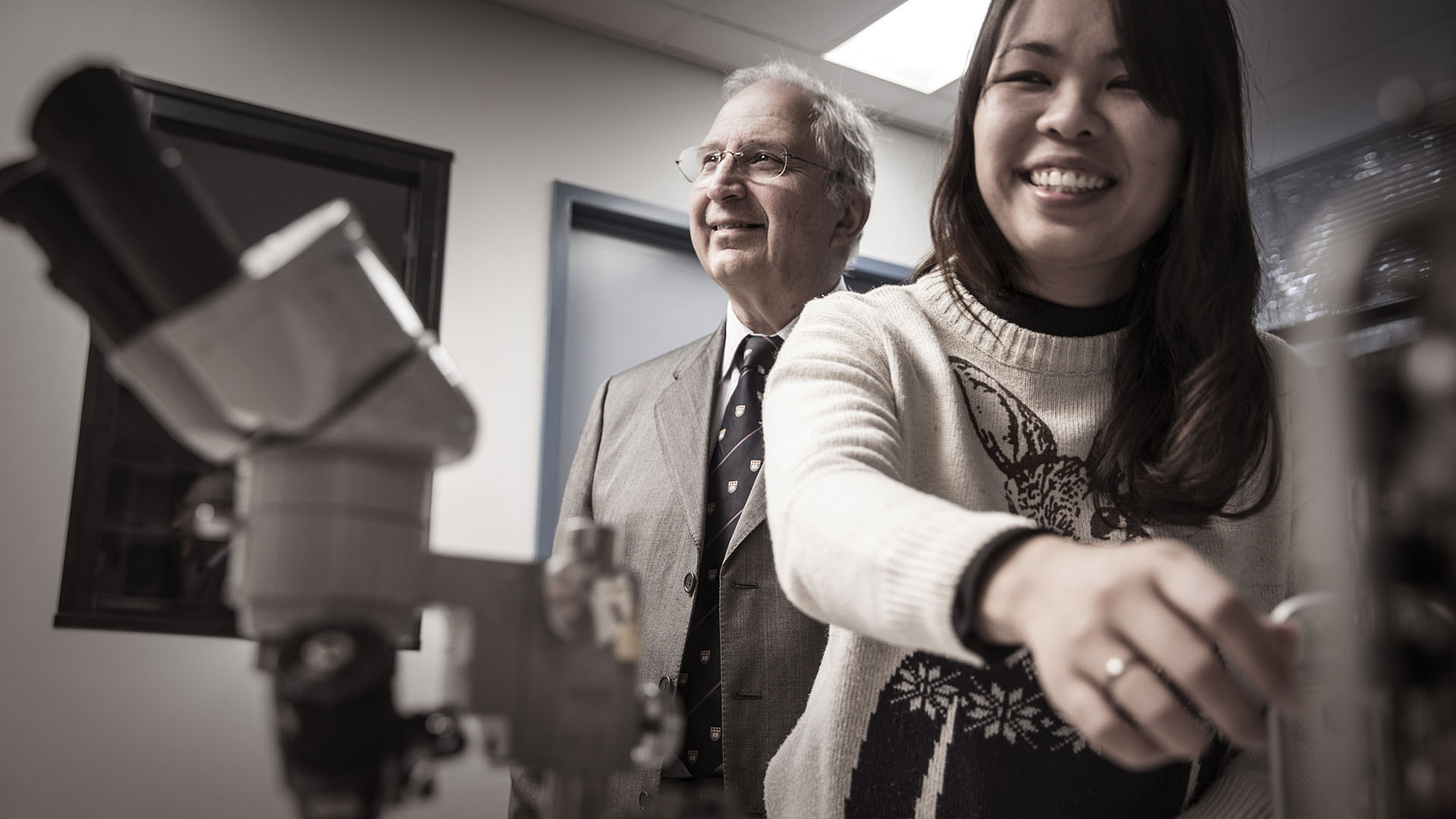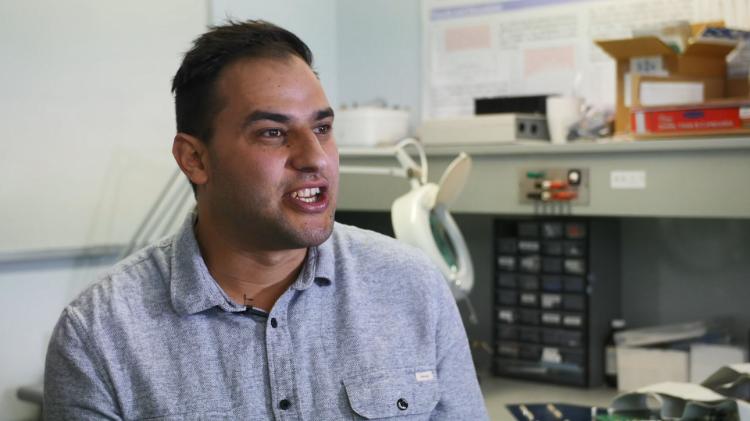Cutting-edge tech to limit damage to healthy tissue

Children with brain cancer are among those expected to benefit from two grants announced for University of Wollongong researchers.
The Cancer Institute NSW Fellowships - worth a combined value of over $1 million - will go to Dr Saree Alnaghy and Dr Linh Tran, both are from Centre for Medical Radiation Physics (CMRP) and are also affiliated with the Illawarra Health and Medical Research Institute.
Both fellowships run for three years.
Dr Tran is working on a new type of radiotherapy, called proton therapy, which can be 'focused' to stop at the site of the cancer tumour, without causing damage to surrounding normal tissue under the mentorship of Distinguished Professor Anatoly Rozenfeld.
Dr Alnaghy is developing a new imaging system for radiotherapy so we can better visualise soft tissue structures like tumours and critical organs under mentorship of Senior Professor Peter Metcalfe.
"The problem at the moment is it's hard to see where we want to aim the radiation beam during treatment and avoid healthy tissue before and during treatment," Dr Alnaghy said.
"I am looking into using a specialised spectral radiation detector that can measure the energy information of the X-rays that pass through the body.
"By analysing the energy, we can get more detailed information on the material it has passed through, giving us better soft-tissue contrast."

Dr Alnaghy is developing a new imaging system for radiotherapy so we can better visualise soft tissue structures like tumours and critical organs.
Better imagery, he said, leads to more accurate radiation delivery resulting in fewer side effects, more effective treatment, and less damage to healthy tissue. Dr Tran is also working on targeting tumours more directly, but using an innovative treatment called proton therapy.
The CMRP team has invented a device called a "microdosimeter" which they wish to develop further to use in Australia's first proton therapy facility, currently being developed in Adelaide, as well as in other locations around the world.
"Our invention represents a new paradigm that will provide maximum benefit to Australian cancer patients by minimising healthy tissue damage, and maximising patient outcomes," Dr Tran said.
"Through a combination of innovation and creativity, our microdosimeter will have unique properties that permit the measurement of protons at clinically relevant high dose rates."
She said the next generation of microdosimeter would also measure an important property called linear energy transfer, which determines the biological effect of the proton beam.
"This new treatment will be especially effective for patients with cancer tumours located next to other sensitive tissue or organs, such as the brain, the spine and the eye," she said.
"It will be used where the side-effects of damaging healthy tissues is a major concern.
"This is particularly the case for cancers in children, and especially brain cancers, where the surrounding tissues are still critically developing."
Dr Tran's and Dr Alnaghy's mentors - Professor Rozenfeld, Director of the Centre for Medical Radiation Physics and Professor Metcalfe - provide full support on the two projects.
"I believe that Dr Tran and Dr Alnaghy will be future leaders in cancer research and through this fellowship, they will be able to build innovative radiation devices to improve cancer treatments," Professor Rozenfeld said.
The Cancer Institute NSW is a part of NSW Health and aims to end cancer by promoting early detection, cancer prevention, diagnosis treatment and care.
The Research Fellowships are highly prestigious and competitive awards for researchers to build on their research capability and become leaders of their own research team.






